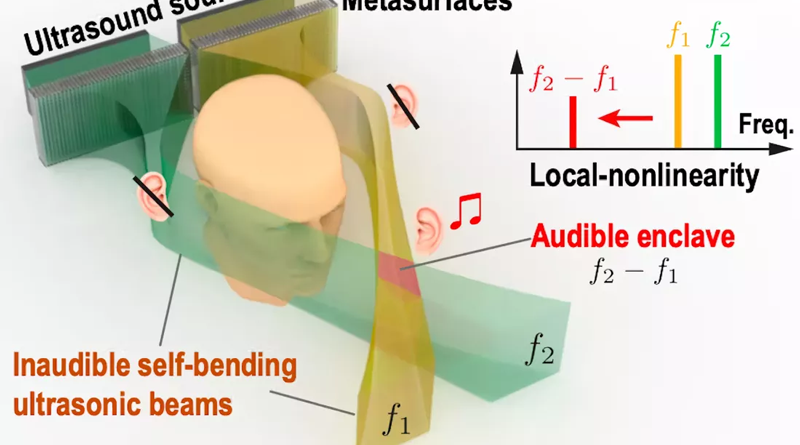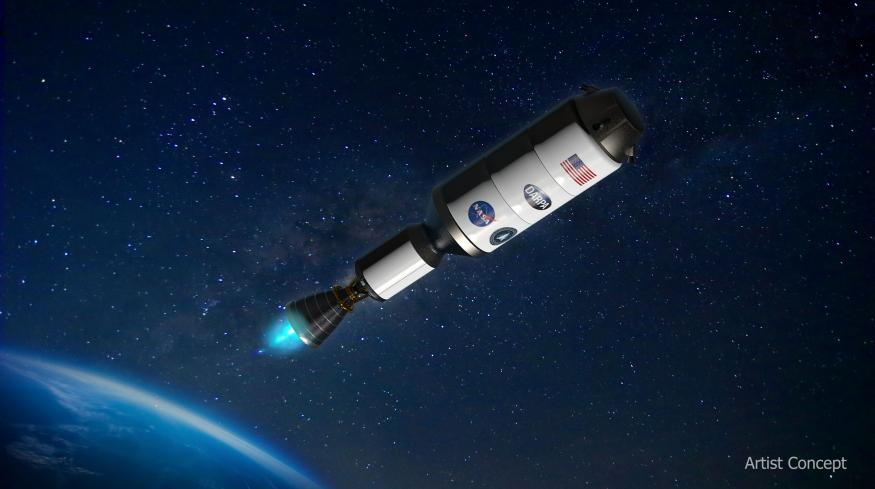New Technology Transmits Sound Directly to the Listener’s Ear Without Headphones
Scientists at the University of Pennsylvania have unveiled a way to create localized pockets of sound that are isolated from the surrounding environment. This technology could create sound exactly where it is needed, allowing you to listen to audio without headphones.
The idea of the development is based on the use of ultrasound as a carrier of sound in the audible range. Ultrasound with a frequency above 20 kHz is not perceived by the human ear. However, according to the laws of physics of wave propagation, when two waves with different frequencies intersect, a new wave is formed with a frequency equal to the difference in the original frequencies. This allows the signal frequency to be reduced to the level of audible sound. The researchers used two ultrasonic emitters: one worked at a frequency of 40 kHz, and the other at 39.5 kHz. At the point of their intersection, an area with a frequency of 500 Hz arose, which is clearly distinguishable by the human ear.
The emitters themselves also had unique properties. Their surface had a lens effect for sound waves, which allowed ultrasound to be directed and bent in space.
Such a device won’t be available for sale tomorrow. The technology still has problems. Nonlinear distortion can affect sound quality. And energy efficiency is another issue: converting ultrasound into audible sound requires high-intensity fields, which can be energy-intensive to create.




